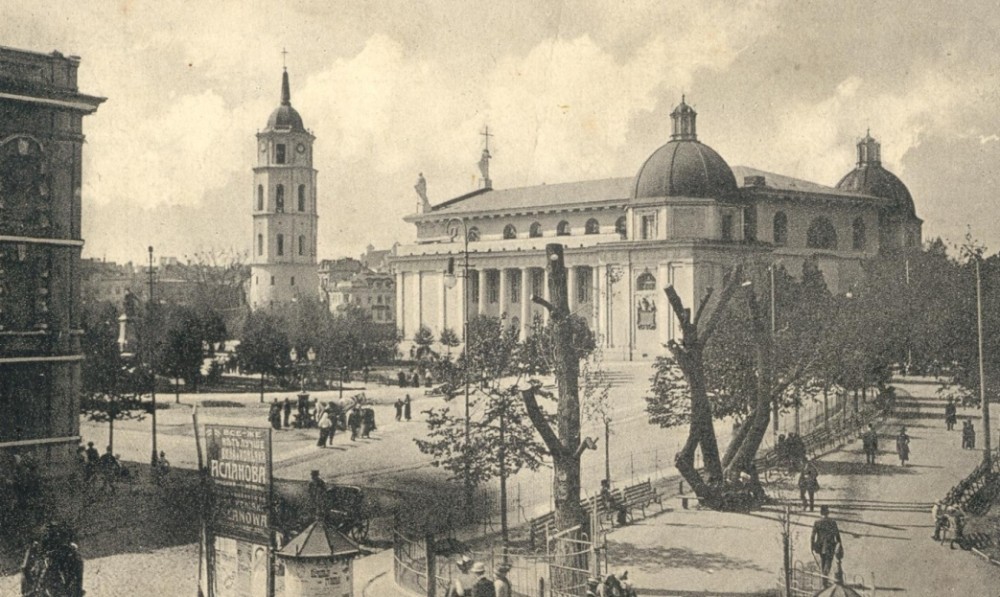
The article reflects the processes of concentration and territorial deployment of troops of the Russian Empire in Belarus during the existence of the Vilna and Warsaw military districts after the end of the uprising of 1863—1864. The analysis of the reasons for the concentration of formations and units of the Russian army in the region, taking into account the current military-political situation in Europe and socio-political processes that took place within the Belarusian provinces themselves, allowed the author to determine the goals and tasks of the troops that were solved by the latter in Belarus from the middle 1860s to the beginning of the World War I. This research is based on a wide range of sources that were first introduced into scientific circulation, identified by the author in the archives and book repositories of Russia and Belarus. The author identifies the causes and preconditions of creation of system of territorial administration of the armed forces of the Russian Empire in Belarus. The process of creating organizational structures of the Vilna military district and the composition of the military contingent stationed in Belarus and the locations of individual parts and units of the Russian army within the borders of Belarusian provinces are discovered. The author identifies the causes of changes in the composition and the scheme of territorial deployment of troops during the period of military districts.On the basis of a comparison of the results obtained in the study of the above aspects of the subject, the author tried to give an overall assessment of the role and place of Belarusian lands in the system of ensuring military-strategic interests of the Russian Empire, as well as the role of the army in political life of Belarus in the second half of the 1860s until the outbreak of the World War I.
Source: Arlukevich A.B. (2020). Troops of the Vilna and Warsaw military districts of the Russian Empire in Belarus (1864–1914). Journal of the Belarusian State University. History. 3: 5–22
Source web-site: https://journals.bsu.by/index.php/history/article/view/721/2455
Number of views: 1630